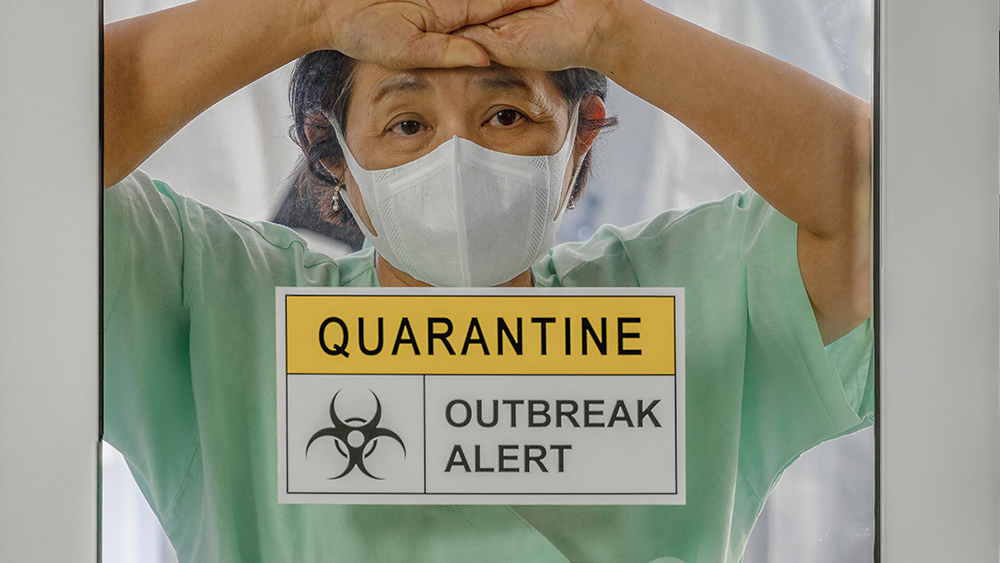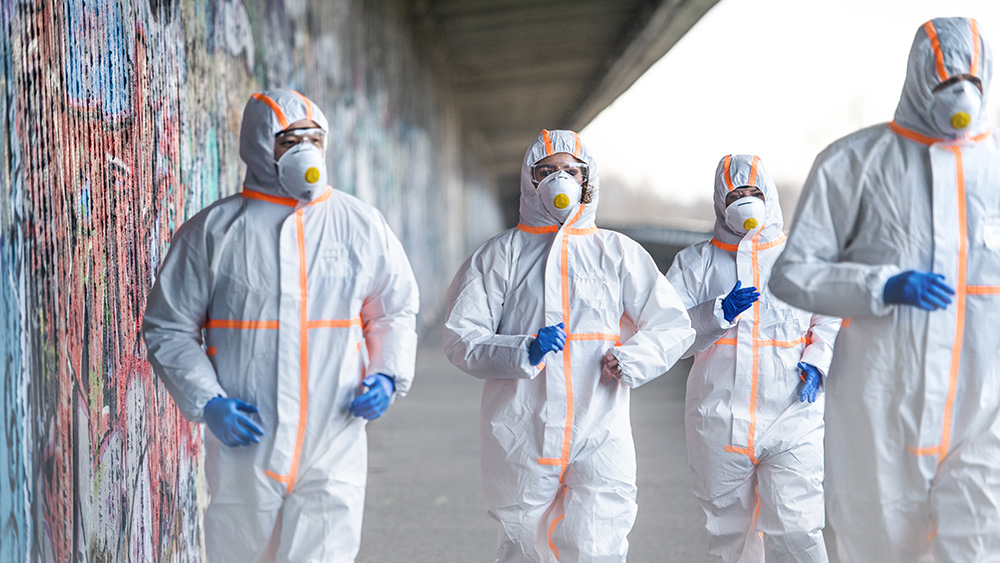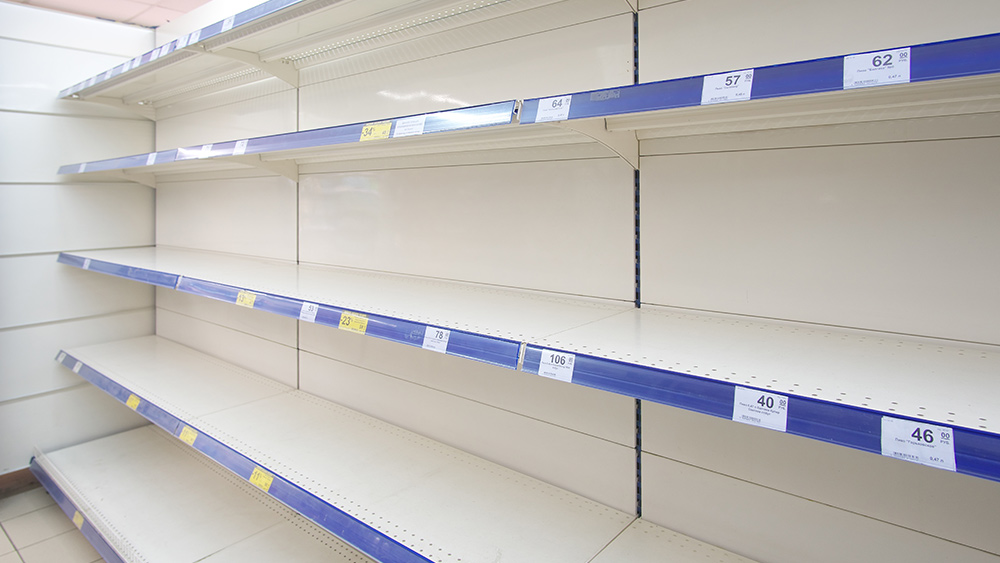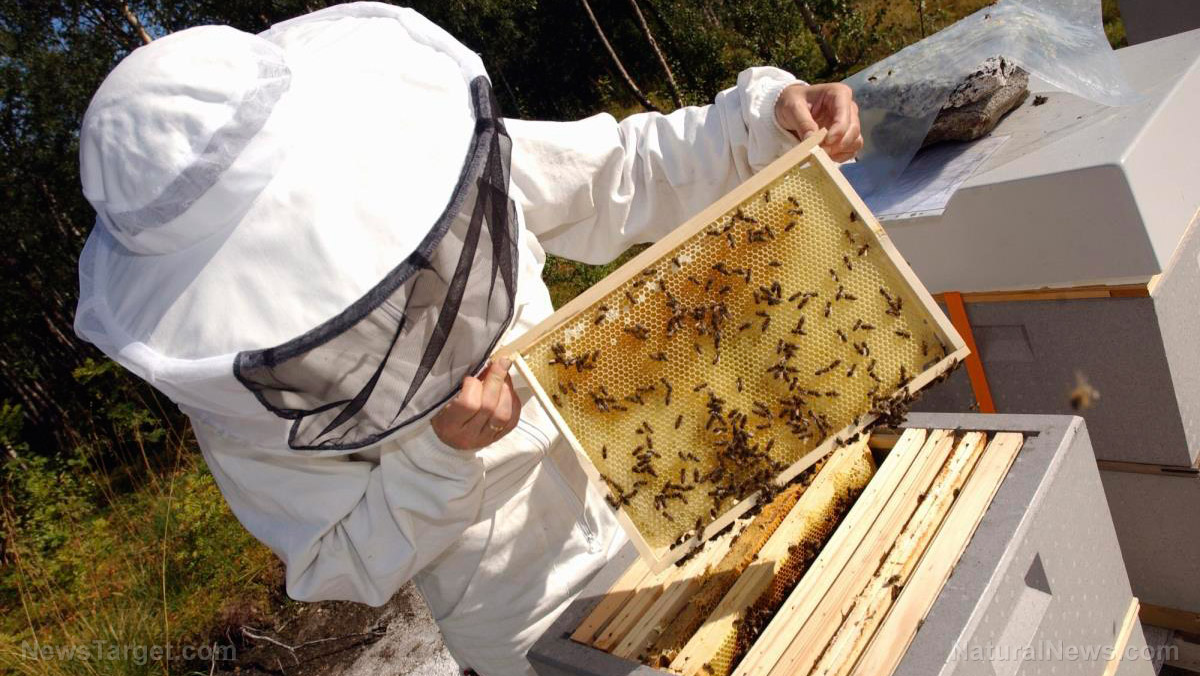China’s planned satellite launch UNFAZED by coronavirus outbreak
02/27/2020 / By Arsenio Toledo
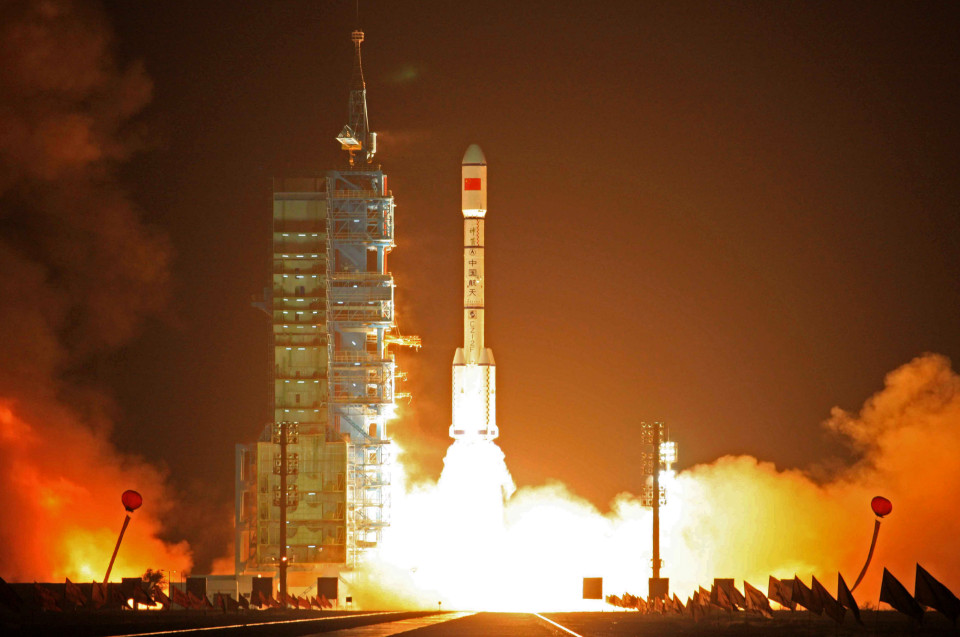
The Chinese government still pushed ahead with their planned launch of satellites on Wednesday, February 19, amid the coronavirus outbreak currently sweeping through China and the rest of the world.
In its first launch since the Chinese New Year ended, the Long March 2D rocket took off at 3:07 p.m. Central Time (5:07 a.m. local time) from the Xichang Satellite Launch Center, located in Xichang City in the Southwestern province of Sichuan. The state-owned China Aerospace Science and Technology Corporation (CASC) confirmed the lift-off around 40 minutes after the rocket left the atmosphere.
The Long March 2D rocket carried four “technology experiment satellites” – XJS-C, XJS-D, XJS-E and XJS-F – which were built by subsidiaries of CASC: the Shanghai Academy of Spaceflight Technology developed two of the satellites, while the DFH Satellite Company developed the other two in cooperation with the Harbin Institute of Technology.
The XJS satellites are tasked with testing new technologies for Earth observations, communications and for inter-satellite networking. The CASC has also confirmed that the four satellites have already entered their planned orbits around the Earth.
CASC and other relevant authorities were able to keep the preparations for the launch quiet. The disclosure of an imminent launch came only through official notices announcing the closure of the airspace around Xichang Satellite Launch Center. However, they couldn’t muffle the rumbling of a rocket blasting off. Posts from Chinese social media websites began filtering in from locals in Xichang who were startled by the noise and the vibrations. At first they feared that it was an earthquake, which wasn’t out of the ordinary considering that Sichuan is a mountainous and seismically active region of China.
These fears were further heightened when areas downrange of the Launch Center were evacuated several hours before the launch because the spent stages of the rocket frequently threaten inhabited areas. (Related: Rethink satellite production: Using affordable, sustainable materials can minimize space junk and address engineering problems.)
Is it wise to launch the rocket in the middle of the coronavirus spread?
Wu Yansheng, chairman of CASC, examined the Xichang launch center to inspect the preparations for the launch, and to see how well their coronavirus containment procedures were being implemented. These measures include all workers wearing masks at all times, regular disinfection of facilities, packaging meals into single containers, and even banning of the use of elevators and an enforced reduction in commuting.
CASC also implemented measures such as adjusting work shifts and providing antiseptics to their employees to alleviate some of their concerns, including questions raised regarding food supply. CASC also met with other senior leaders in China’s space program to discuss how to better protect their workers in the future from the coronavirus outbreak.
CASC’s timetable for 2020 includes more than 40 launches, including the four missions they have already undertaken. These launches will include major interplanetary, space and lunar infrastructure missions. This may be their goal, but it’s still not clear how the coronavirus outbreak and the measures implemented by the Chinese government to contain it will affect these plans.
Sources include:
Tagged Under: China, Chinese government, Chinese space agency, Chinese space program, coronavirus, covid-19, outbreak, pandemic, rocket launch, satellites, space exploration, space research, Wuhan coronavirus
RECENT NEWS & ARTICLES
COPYRIGHT © 2017 OUTBREAK NEWS

